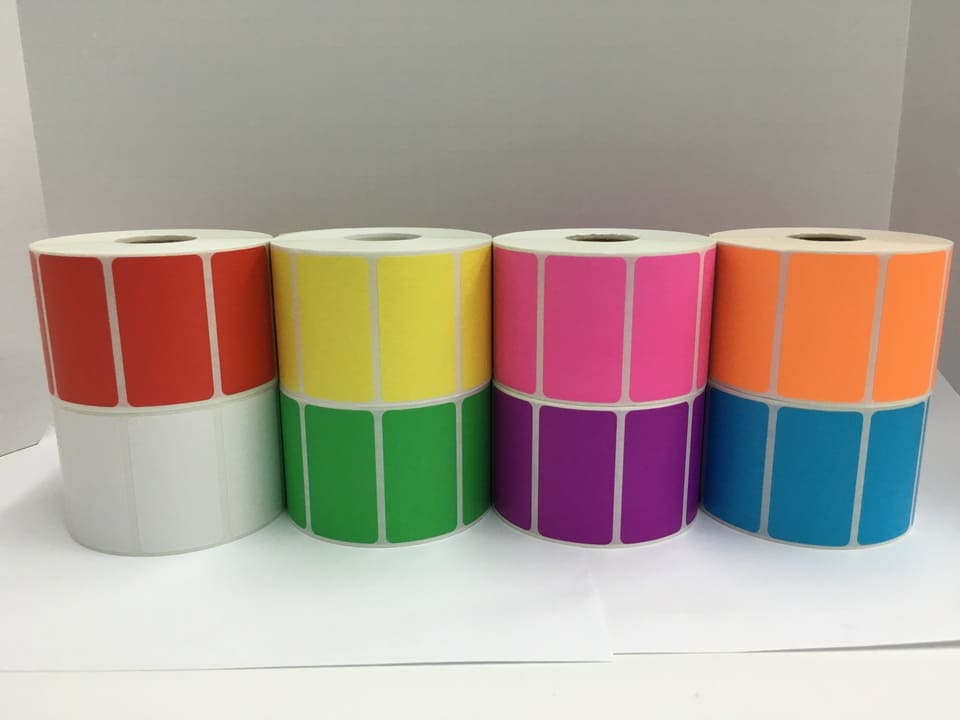Historical Background
The first production of thermal paper dates back to the 1960s when the NCR Corporation and 3M developed the first type of thermal paper using dye chemistry and metallic salts. Later, the company Texas Instruments invented the thermal print head (1965) and the computer terminal with a thermal printer named the Silent 700 was firstly introduced on the market. That was the first thermal print system that printed on thermal paper.
During the next two decades, the production of thermal paper was widespread across the world, thus Japanese producers entered the industry of thermal labels, primarily in supermarkets. Today, thermal labels are widely used across various industries all around the world and Australia is just one of the countries that makes use of their benefits.

Thermal Labels
Thermal labels are ideal for printing information such as barcodes, addresses, product prices and product descriptions. There are two types of thermal labels: Direct Thermal Labels and Thermal Transfer Labels. There are significant differences between the two types based on the way they are produced and how they are used.
Direct Thermal Labels
Direct thermal labels have a chemical layer that is applied to the paper or synthetic base that is activated by the heat of the thermal printer and does not require a thermal ribbon to be printed. They are recommended for short term use because if they are exposed to the elements, heat or light the label will darken over time. As one of the best thermal label suppliers, LG Business Systems offers high quality direct thermal labels that can be used regularly in mailing, logistics, small parcel delivery, and the food and retail industry.
Other practical uses for the direct thermal labels include receipts, shipping labels, barcodes, despatch and warehouse purposes, meat cartons, passes and name tags.
Thermal Transfer Labels
This type of thermal label requires a thermal ribbon for printing which is placed on top of the label at the point of the print head. Then, the print head elements heat up which causes the carbon pigment on the ribbon to be transferred onto the label, thus creating the required image. The Thermal Transfer Labels are recommended for long-lasting applications as they are much more durable than the direct thermal labels.
In addition, there are synthetic thermal transfer labels that are used in outdoor labelling and in places where high levels of humidity or scuffing are present. Also, they are great to use in industries with extreme temperature conditions such as an oven withstanding heat of over 100 degrees. Synthetic labels can’t be tampered with and are very hard-wearing.
Practical examples of the use of thermal transfer labels are as laboratory labels, inventory identification labels, industrial and chemical labels and warehouse or supermarket shelf labels.
Sizes and Other Specifications
LG Business Systems offers a variety of label sizes, core sizes and labels per roll and if you still can’t find the size you need, we will custom make it for you. The most commonly used core sizes are 25mm, 40mm and 76mm. You can also choose from a variety of colours of thermal labels.
All of our thermal labels are compatible for use in many printers including Zebra, Epson, Cognitive, Datamax, Brother, Toshiba, Citizen etc.
